The long-awaited Toymany Primate Set is finally here, and we’re thrilled by the excitement it has already sparked. More than just a collection of finely crafted figurines, this set opens a window into the fascinating world of primate social behavior.
In this blog, we’ll look at several engaging cases—ranging from baboon sentinels to chimpanzee tool use—to see how these behaviors can be brought to life through hands-on play and observation.

Case 1 — Baboon Sentinels & Dominance
Among African and Arabian baboons, life is all about social structure. Troops can number in the dozens, and survival depends on clear roles and cooperation.
One of the most striking examples is the use of sentinels: at the first sign of danger, they sound an alarm, and the group scatters to safety.
Equally important is the dominance system. Higher-ranking males often get first access to food and mates, while lower-ranking members must navigate carefully to avoid conflict.
Yet, this hierarchy also reduces chaos—everyone knows their place, which helps maintain order in a large, noisy troop.

With the Toymany primate figurines, you can recreate these scenes at home or in the classroom. Position one baboon on a higher perch as the sentinel, while others gather “food” on the ground. It’s a simple yet powerful way for children to see how teamwork, authority, and conflict resolution.
Case 2 — Tool Use & Cultural Transmission
If baboons teach us about order and hierarchy, chimpanzees and orangutans reveal the power of tools and culture.
These great apes are famous for their ingenuity—chimpanzees fashion sticks to “fish” termites out of mounds, while in some forests they use stones to crack open nuts. Orangutans, especially in Sumatra, have been observed using leaves as makeshift gloves or even as umbrellas to shield themselves from rain.

What makes these behaviors so remarkable is not just the tools themselves, but the way they are passed down through social learning. Young apes carefully watch their mothers and peers, practicing until they master the skill. Over generations, these techniques become part of the group’s cultural identity, much like human traditions.
Educators can design simple classroom experiments to mirror this process. Give one figurine a “stick” (a toothpick or straw) to represent tool use, and let children act out how others observe and imitate.
Case 3 — Parental Care & Alloparenting
Primate families are built on care. In species like gibbons, golden snub-nosed monkeys, and lion-tailed macaques, raising young is not just the responsibility of one parent—it’s often a group effort.
Other members of the troop, such as older siblings or “aunties,” often step in to help. This behavior, known as alloparenting, allows youngsters to learn social skills while giving mothers a brief rest.
During this time, they don’t just grow stronger—they learn the rules of communication, play, and survival. These long childhoods are one reason why primates, like humans, are able to develop such rich social behavior.

With the Toymany primate figurines, you can model these nurturing bonds. Place a mother and baby figure together, then let other “helpers” gather around. Children can role-play how caregiving is shared, sparking conversations about responsibility and the importance of community.
Case 4 — Grooming, Cooperation & Conflict Management
If you’ve ever seen monkeys gently picking through each other’s fur, you’ve witnessed one of the most important forms of social bonding in primates: grooming. For macaques and patas monkeys, grooming isn’t just about hygiene—it’s about building trust, reducing tension, and strengthening alliances.

A few minutes of grooming can calm disputes, ease anxiety, and even secure valuable partnerships. In large troops where conflicts are common, this quiet ritual keeps relationships stable. It’s a form of conflict management that reminds us how small gestures of care can carry big social meaning.
Case 5 — Vocal, Visual & Olfactory Communication
Primate conversations aren’t limited to sounds alone—they use a whole mix of vocal, visual, and even scent signals to get their message across.
Howler monkeys, for example, produce deep, booming calls that can travel for miles through dense forests, warning rivals to stay away.
Proboscis monkeys rely on their striking noses and body postures to impress mates or intimidate competitors.
Mandrills take it even further, with brilliant facial colors that signal health, strength, and status.
Each method has its advantages. Loud calls work best in thick forests where visibility is low, while vivid colors or dramatic poses are effective in open spaces where everyone can see. Together, these strategies show how primates adapt their communication to different environments.

Cross-Species Contrast & Classroom Ready
When you compare different primates side by side, the diversity of primate social behavior becomes even clearer. Ground-dwelling species like baboons often form large troops, relying on sentinels and strict hierarchies to manage conflicts. In contrast, tree-dwelling gibbons live in much smaller family groups, where long-term pair bonds and vocal duets strengthen unity.
These differences can spark engaging classroom discussions:
- Movement strategies: climbing and swinging in trees vs. walking and running on the ground.
- Group size: large troops with complex hierarchies vs. intimate families with strong pair bonds.
- Child-rearing pace: short vs. extended periods of parental care.
- Communication: loud alarm calls vs. visual displays or melodic songs.
To support educators and parents, the Toymany primate set now comes with a bonus pack of limited-edition animal cards—perfect for quick reference during lessons or interactive games. The cards highlight species traits, habitats, and fun facts, making them easy tools for group activities such as discussions, role-plays, or observation journals.
For those eager to go further, try extending play into simple projects: design species flashcards, split students into “troops” with different roles, or have kids record what they “observe” during a play session. These small steps transform figurines into a living classroom resource.
Conservation & Final Thoughts
While primates inspire us with their intelligence and social bonds, many species face urgent threats. Habitat loss from deforestation, human–wildlife conflict, and illegal trade have pushed animals like the Sumatran orangutan and the lion-tailed macaque to endangered status. Protecting these species isn’t just about saving animals—it’s about preserving the cultural and ecological knowledge they embody.
For readers who want to learn more or get involved, here are a few trusted organizations and resources:
In the end, observing primate social behavior reminds us of our own connections to nature. With the Toymany primate set, we hope families and educators can nurture respect, empathy, and curiosity—one figurine at a time.
So next time you set up a scene or join a classroom activity, share your experience with us. Post your creations with #Toymany and be part of a community that celebrates both play and conservation.


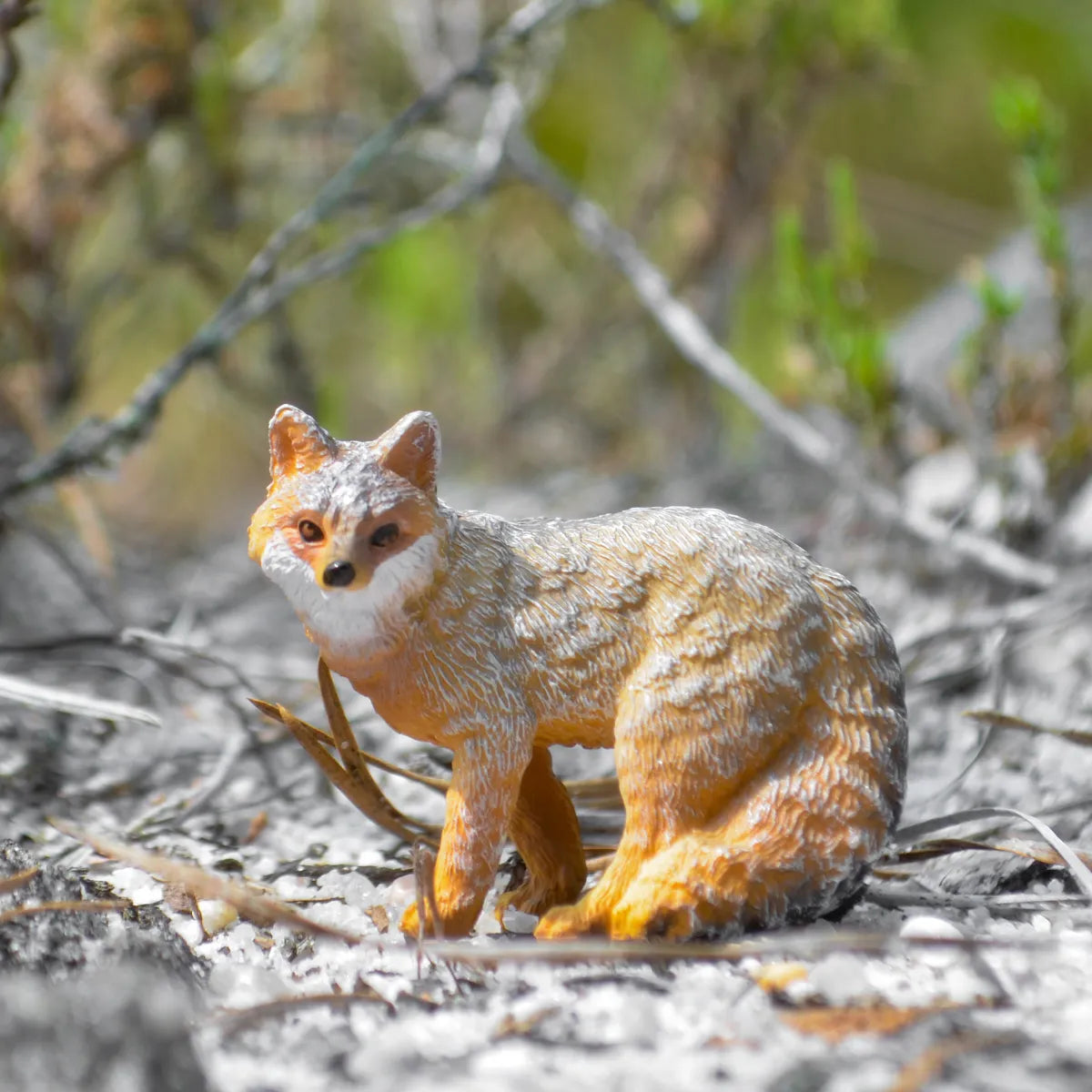
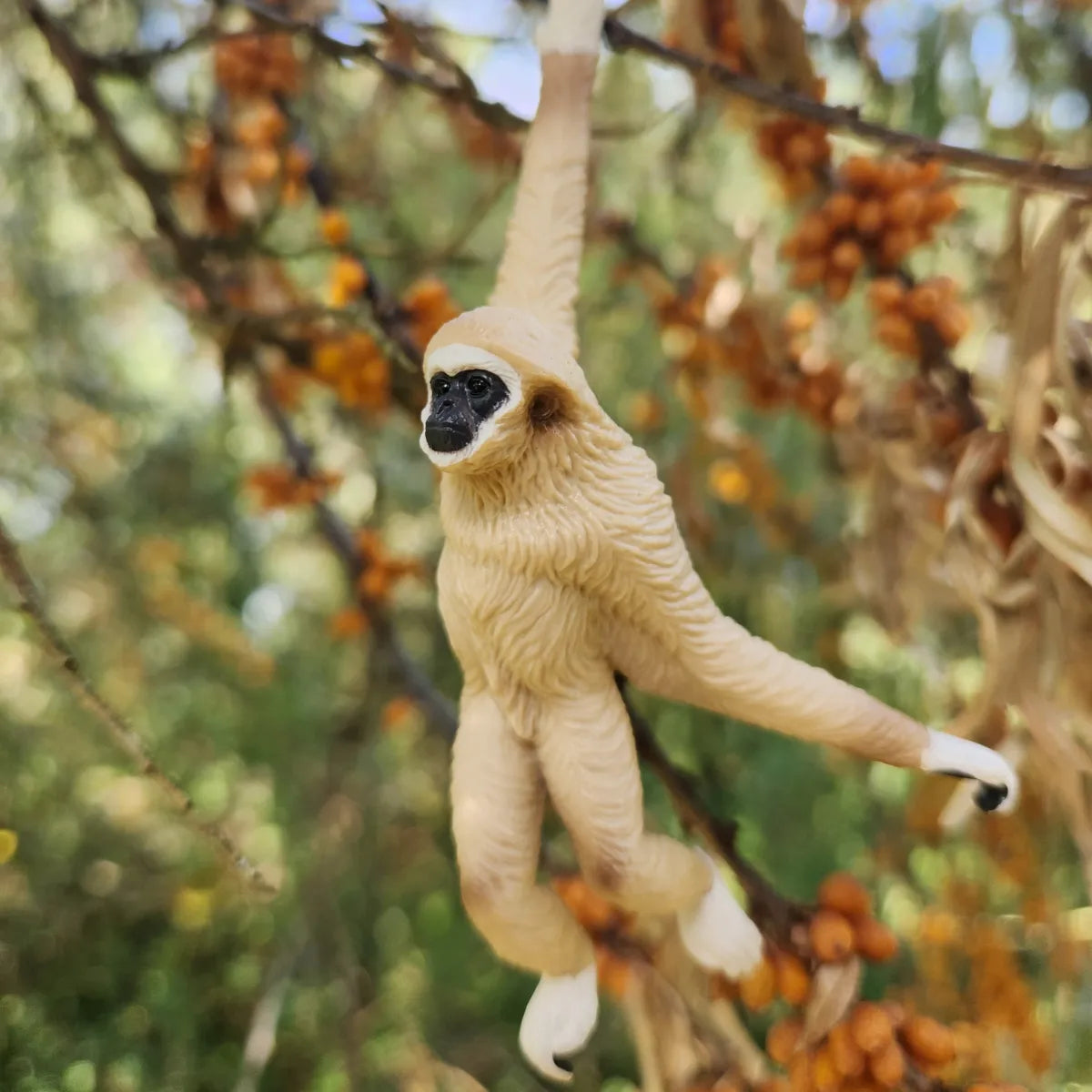

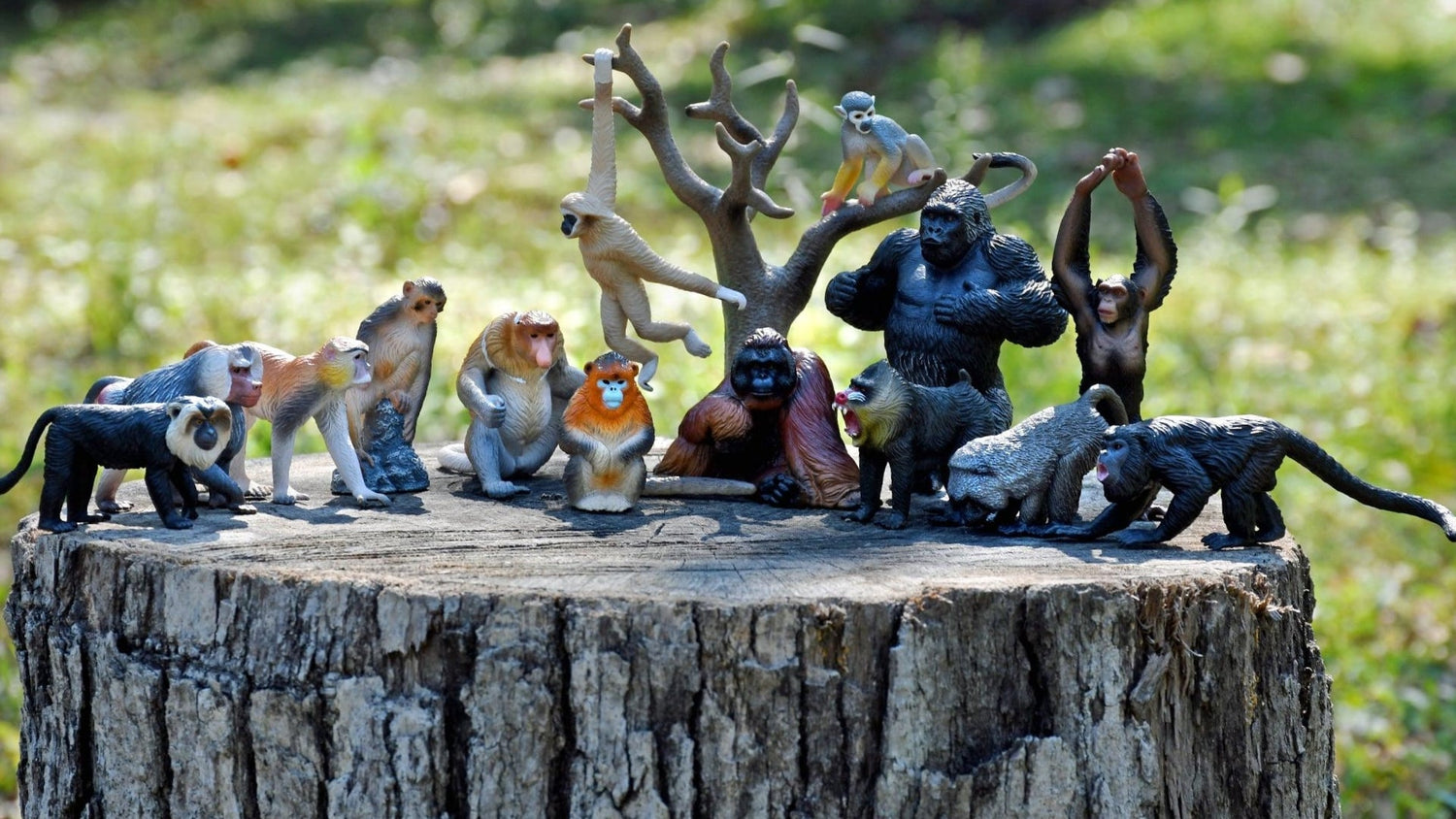
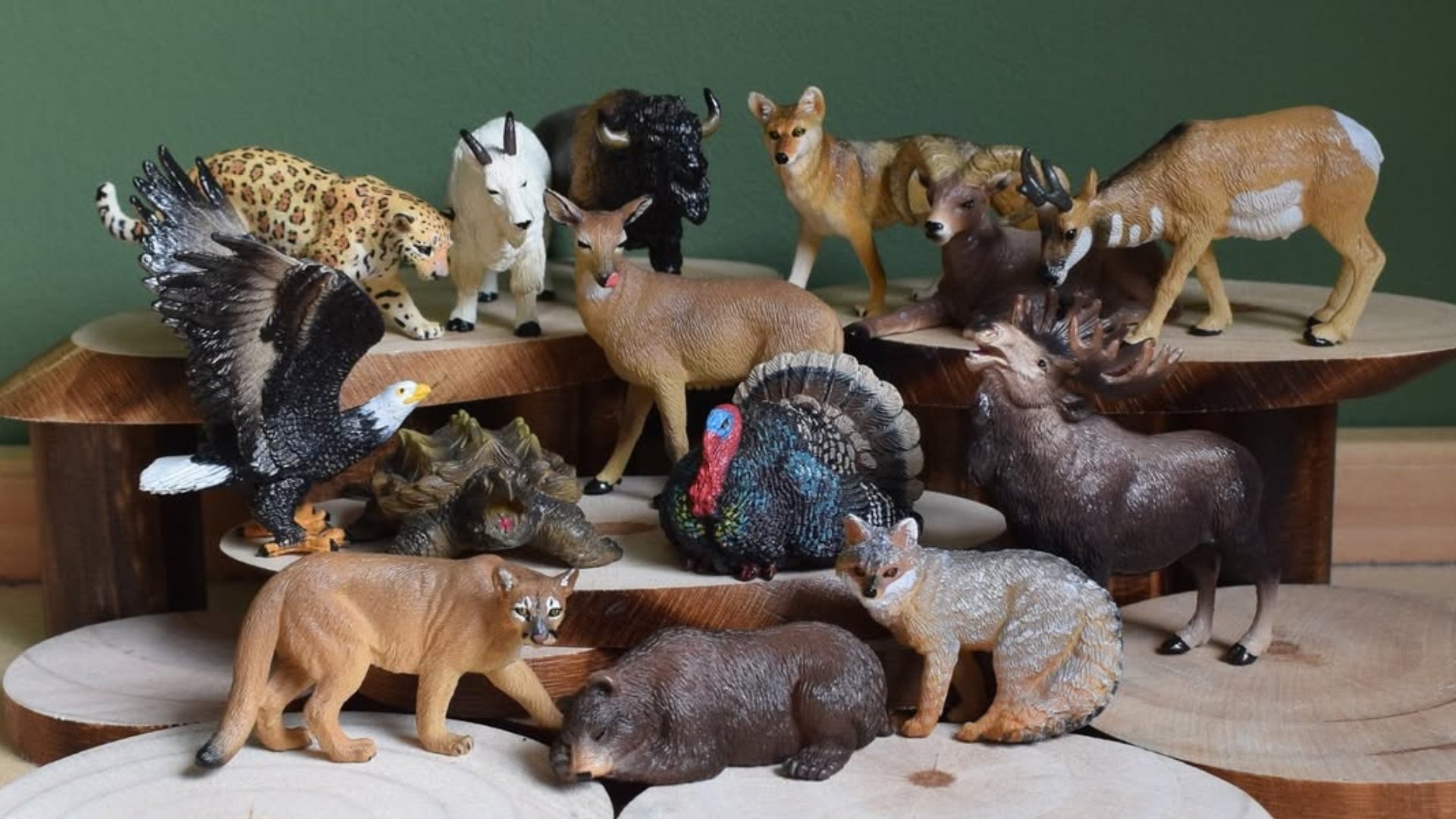
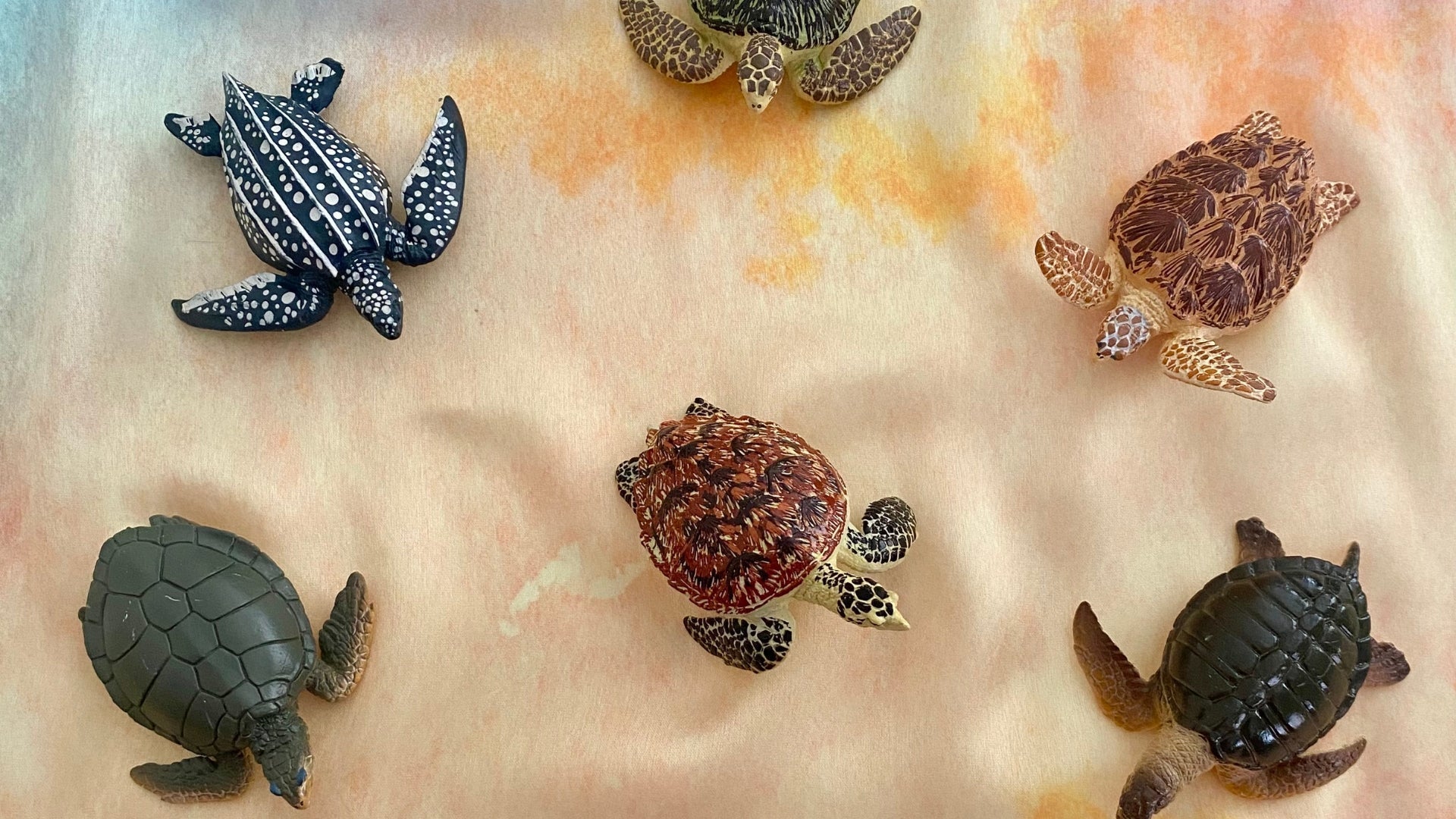
Leave a comment
All comments are moderated before being published.
This site is protected by hCaptcha and the hCaptcha Privacy Policy and Terms of Service apply.